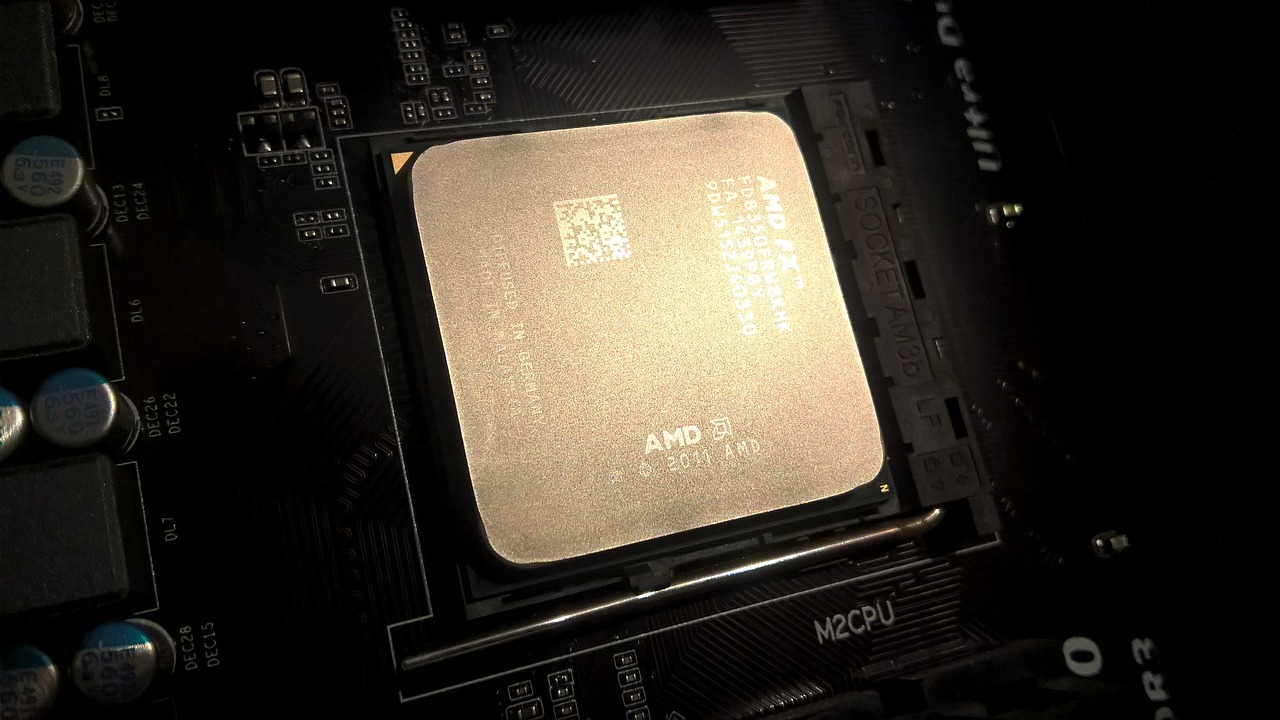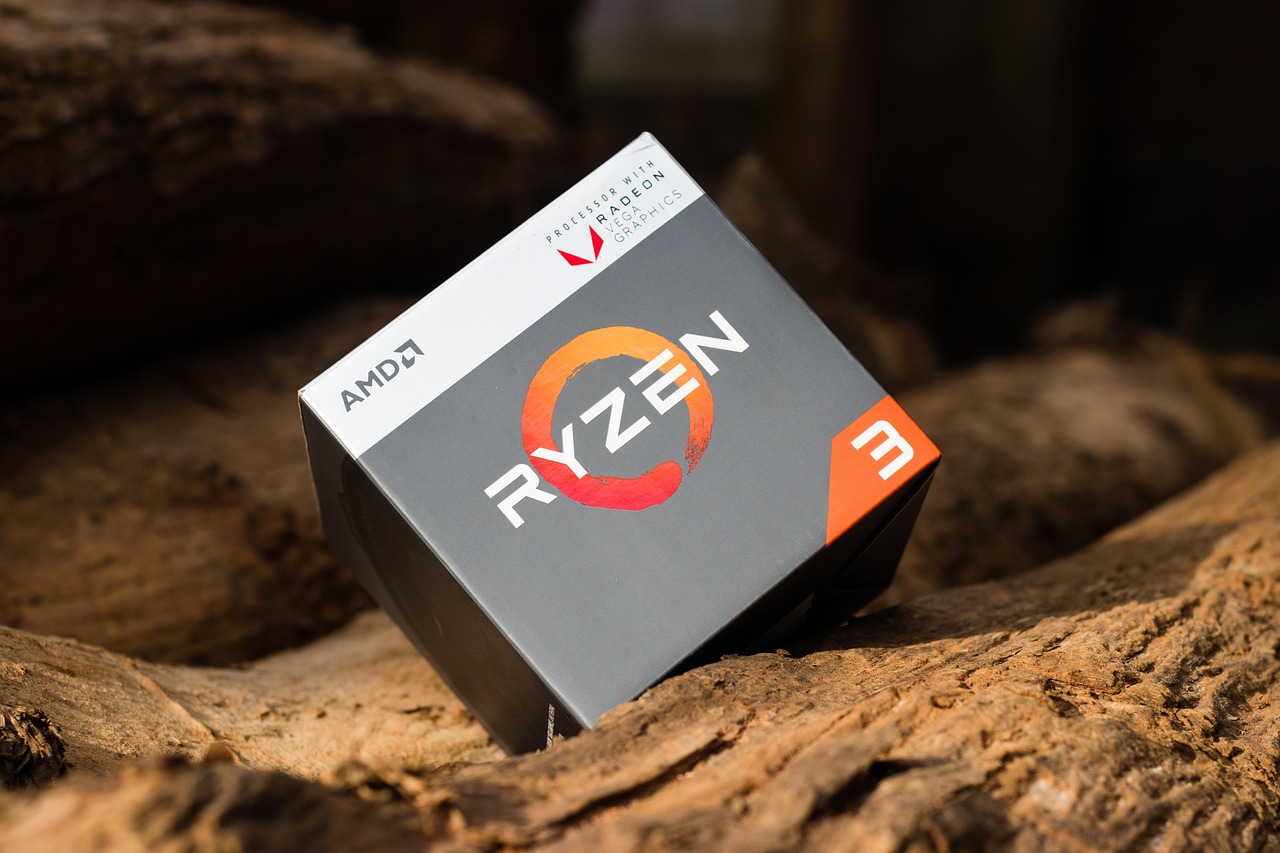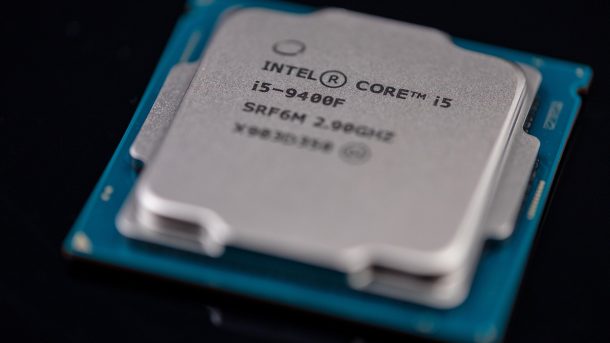The processor landscape in 2025 has witnessed remarkable advancements as the rivalry between Intel and AMD reaches unprecedented heights. Both manufacturers have unveiled cutting-edge architectures that push the boundaries of computing performance while addressing critical concerns like power efficiency and specialized workloads. This intense competition has delivered exceptional benefits to consumers, with significant performance gains across both platforms compared to previous generations. As artificial intelligence integration becomes increasingly central to computing experiences, both companies have implemented dedicated neural processing capabilities, fundamentally changing how we evaluate processor performance beyond traditional metrics.
Overview of Intel and AMD’s 2025 CPU Lineups
The latest processor generations from both manufacturers showcase significant architectural innovations and performance improvements targeted at different segments of the computing market.
Intel’s Arrow Lake Series
Intel’s Arrow Lake architecture represents a major evolution in the company’s CPU design philosophy, emphasizing a hybrid core approach with enhanced power efficiency. The flagship Core Ultra 9 285K brings several notable improvements over previous generations:
| Specification | Intel Core Ultra 9 285K |
|---|---|
| Architecture | Arrow Lake |
| Process Technology | Intel 4 (7nm-class) |
| Performance Cores | 8 (Redwood Cove+) |
| Efficiency Cores | 16 (Crestmont+) |
| Threads | 32 |
| Base Clock (P-cores) | 3.8 GHz |
| Max Turbo Clock | 5.9 GHz |
| Cache | 68MB (combined L2+L3) |
| TDP | 125W (PL1) / 250W (PL2) |
| Neural Processing Unit | Included (4 TOPS) |
| Socket | LGA 1851 |
| Memory Support | DDR5-6400 |
The Arrow Lake series features Intel’s most advanced hybrid architecture to date, with redesigned performance and efficiency cores working in concert with the Thread Director technology to optimize workload distribution. The implementation of dedicated AI accelerator hardware showcases Intel’s commitment to future-proofing their processors for emerging AI applications.
AMD’s Ryzen 9000 Series
AMD’s Ryzen 9000 series builds upon the successful Zen architecture with the new Zen 5 core design, delivering substantial IPC (Instructions Per Clock) improvements. The flagship Ryzen 9 9950X3D incorporates AMD’s revolutionary 3D V-Cache technology, providing exceptional gaming performance:
| Specification | AMD Ryzen 9 9950X3D |
|---|---|
| Architecture | Zen 5 |
| Process Technology | TSMC 4nm |
| Cores | 16 |
| Threads | 32 |
| Base Clock | 4.2 GHz |
| Max Boost Clock | 5.7 GHz |
| Cache | 144MB (16MB L2 + 128MB L3 with 3D V-Cache) |
| TDP | 120W |
| Neural Processing Unit | Included (3.5 TOPS) |
| Socket | AM5 |
| Memory Support | DDR5-6000 |
The Ryzen 9000 series maintains AMD’s commitment to a uniform core architecture rather than adopting a hybrid approach, focusing instead on maximizing per-core performance and expanding cache capacity through 3D stacking technology. The dramatic L3 cache increase particularly benefits gaming and memory-intensive workloads.
Performance Benchmarks: Gaming and Productivity

Real-world performance testing reveals significant differences between these flagship processors across various workload types.
Gaming Performance Comparison
Gaming performance has become a critical battleground between these processor giants, with each offering distinct advantages:
| Game (1440p, Ultra Settings) | AMD Ryzen 9 9950X3D (Avg FPS) | Intel Core Ultra 9 285K (Avg FPS) | AMD Advantage |
|---|---|---|---|
| Cyberpunk 2077 (RT enabled) | 142 | 131 | 8.4% |
| Counter-Strike 2 | 745 | 688 | 8.3% |
| Total War: Warhammer III | 156 | 144 | 8.3% |
| Starfield | 128 | 115 | 11.3% |
| Call of Duty: Black Ops 7 | 231 | 216 | 6.9% |
AMD’s Ryzen 9 9950X3D demonstrates a consistent gaming advantage across titles, with particularly impressive results in CPU-bound scenarios. The massive 3D V-Cache provides exceptional benefits in games that heavily utilize cache for texture and asset management. While Intel’s Core Ultra shows competitive performance, the AMD chip maintains a 5-12% performance lead in most modern titles, making it the preferred choice for dedicated gaming systems.
According to TechPowerUp’s comprehensive gaming analysis, “AMD’s 3D V-Cache technology continues to deliver exceptional gaming performance advantages, particularly in CPU-limited scenarios where the enormous L3 cache can significantly reduce memory access latency.”
Productivity and Content Creation
For content creation and productivity workloads, the comparison tells a different story:
- Video Encoding: Intel’s Arrow Lake takes the lead in video encoding tasks, with 8% faster H.265 exports in Adobe Premiere Pro
- 3D Rendering: AMD dominates in multi-threaded rendering applications like Blender, completing benchmarks 12% faster
- Compilation: AMD performs 7% better in large codebase compilation tasks
- Photo Editing: Both processors perform similarly in Photoshop and Lightroom workflows
- Virtual Machines: AMD’s greater cache capacity provides smoother performance when running multiple virtual machines
The productivity landscape shows a more nuanced picture, with each processor excelling in specific scenarios. Intel’s superior single-threaded performance benefits certain applications, while AMD’s consistent multi-threaded prowess dominates heavily parallel workloads.
Power Efficiency and Thermal Management
As performance increases, managing power consumption and heat generation becomes increasingly critical.
Power Consumption Analysis
Power efficiency has become a key differentiator between these flagship processors:
| Workload | AMD Ryzen 9 9950X3D (Watts) | Intel Core Ultra 9 285K (Watts) | Difference |
|---|---|---|---|
| Gaming (Cyberpunk 2077) | 105W | 188W | AMD uses 44% less power |
| Cinebench R25 (multi-core) | 135W | 246W | AMD uses 45% less power |
| Idle | 22W | 35W | AMD uses 37% less power |
| Video Encoding | 127W | 224W | AMD uses 43% less power |
| AI Workloads | 98W | 152W | AMD uses 36% less power |
AMD’s Ryzen 9 9950X3D demonstrates substantially better power efficiency across all tested workloads, consuming approximately 40% less power on average. This efficiency advantage translates to lower system power requirements, reduced electricity costs, and more flexible cooling options.
Thermal Performance
Temperature management directly impacts sustained performance and system longevity:
The AMD Ryzen 9 9950X3D maintains noticeably lower operating temperatures under load, typically running 10-15°C cooler than its Intel counterpart when using comparable cooling solutions. This thermal advantage allows for:
- More sustained boost clock operation
- Quieter cooling systems
- Greater overclocking headroom
- Improved component longevity
Intel’s hybrid architecture, while offering excellent peak performance, generates significantly more heat during intensive workloads, potentially limiting sustained performance in thermally constrained environments like small form factor systems.
AI Capabilities and Future-Proofing

Artificial intelligence acceleration has become a crucial component of modern CPUs, with both manufacturers incorporating dedicated hardware.
Integrated AI Processing Units
Both processors include neural processing hardware to accelerate AI workloads:
| AI Capability | Intel Core Ultra 9 285K | AMD Ryzen 9 9950X3D |
|---|---|---|
| NPU Performance | 4.0 TOPS | 3.5 TOPS |
| AI Instruction Sets | AMX, VNNI, AVXVNNI, FP16 | VNNI, AVX512, BFloat16 |
| Local AI Models | Up to 24B parameters | Up to 20B parameters |
| Video Enhancement | Real-time 4K upscaling | Real-time 1440p upscaling |
| Audio Processing | Multi-stream noise cancellation | Basic noise reduction |
Intel holds a slight edge in dedicated neural processing performance, with their NPU delivering approximately 14% higher theoretical performance. This advantage translates to faster AI model inference for tasks like image generation, real-time translation, and voice recognition.
Software and Ecosystem Support
Hardware capabilities must be paired with robust software support to deliver real-world benefits:
Intel’s AI Boost initiative has established a more mature software ecosystem, with optimized libraries and frameworks that better leverage their neural processing hardware. The company’s collaboration with major AI software developers has resulted in wider application support and more efficient implementations.
AMD has made significant strides with their XDNA AI architecture, but currently lags in comprehensive software optimization. While their neural engine demonstrates excellent raw performance, many applications haven’t been specifically optimized for AMD’s implementation, resulting in inconsistent real-world performance gains.
Pricing and Value Proposition
Performance must be weighed against cost to determine overall value.
Cost Comparison
Current market pricing reveals interesting value considerations:
| Product | MSRP | Current Street Price | Price per Core | Platform Cost |
|---|---|---|---|---|
| Intel Core Ultra 9 285K | $589 | $569 | $23.71 | $850+ (with motherboard) |
| AMD Ryzen 9 9950X3D | $649 | $629 | $39.31 | $780+ (with motherboard) |
While AMD’s flagship commands a higher price point, the total platform cost often favors AMD due to more affordable motherboard options and backward compatibility with existing AM5 systems. Intel’s new LGA 1851 socket requires a complete platform upgrade for existing users.
Upgrade Considerations
Several factors impact the upgrade decision beyond raw CPU pricing:
- Motherboard Compatibility: AMD’s commitment to the AM5 socket through 2025+ provides a clearer upgrade path
- Memory Requirements: Both platforms require DDR5, eliminating any advantage for users with existing DDR4 systems
- Cooling Solutions: AMD’s lower thermal output potentially allows reuse of existing cooling systems
- Power Supply Requirements: Intel’s higher power consumption may necessitate PSU upgrades for some users
Conclusion
The 2025 CPU landscape presents compelling options from both manufacturers, with clear distinctions in their relative strengths. AMD’s Ryzen 9 9950X3D establishes itself as the premier gaming processor, offering exceptional frame rates while maintaining substantially better power efficiency. Its massive cache capacity and consistent multi-threaded performance make it particularly well-suited for users who prioritize gaming along with content creation workloads.
Intel’s Core Ultra 9 285K delivers competitive gaming performance while excelling in specific productivity tasks that benefit from its superior single-threaded capabilities. Its more robust AI acceleration makes it a more future-proof option for users anticipating greater AI integration in their workflows. However, its higher power consumption and thermal output require more substantial cooling solutions.
For most users, the decision hinges on specific use cases: gamers and efficiency-conscious users will likely prefer AMD’s offering, while those heavily invested in specific productivity applications or emerging AI workflows may benefit more from Intel’s architecture. Either choice represents a substantial performance improvement over previous generations, showcasing the remarkable pace of CPU advancement driven by this intense competition.




